Many gardeners cherish succulents for their ease of care and beauty. Although most plants of this classification are easy to grow, a few stand out as low-maintenance choices ideal for beginning gardeners and experienced enthusiasts with the greenest thumbs.
1. Aloe
Aloes come in a wide variety of species of differing shapes and sizes. They are easy to grow, and plants such as Aloe juvenna and Aloe andongensis generally only require simple basic care. In addition, each Aloe forms varying textures and patterns on the foliage, allowing gardeners to have much greater aesthetic variety in their homes and yards.
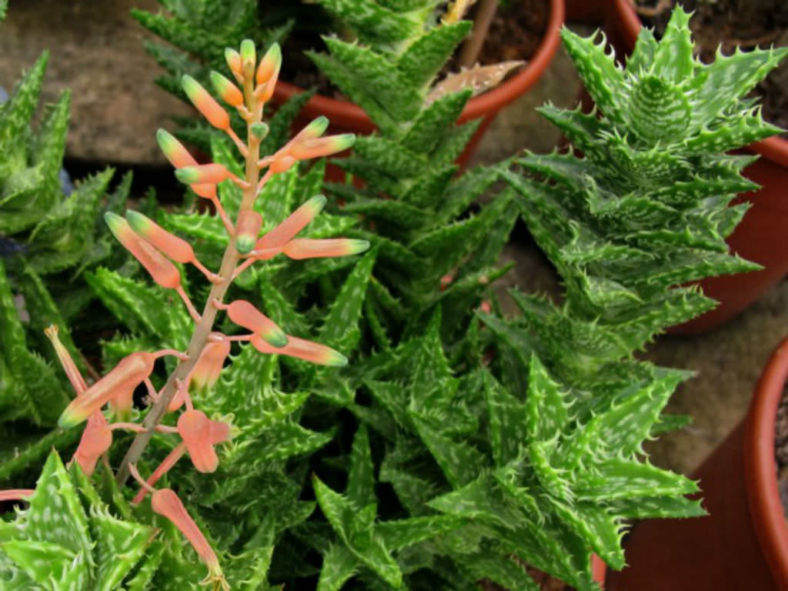
Aloes grow from spring to fall and require little shade and regular watering during the growing season. Therefore, you should keep the plants relatively dry during the winter. When kept in light shade in well-drained soil, Aloes thrive.
2. Agave
Agaves blossom in bright and warm places, such as patios, decks, and sunny windowsills. Some smaller varieties, such as Agave victoriae-reginae and Agave parviflora, can also flourish indoors. Many Agaves consist of rosettes of thick, rigid, fleshy leaves with minimal teeth.
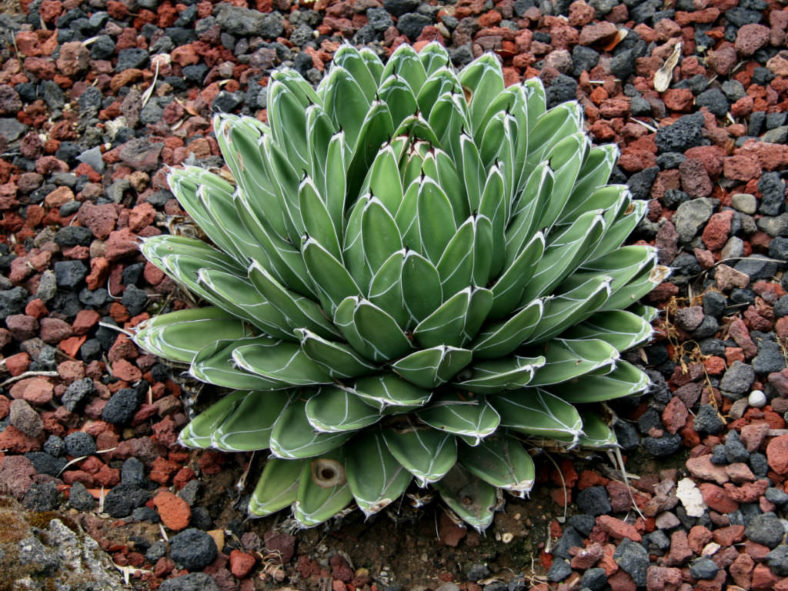
When caring for an Agave, a gardener should allow the plant to dry out between watering sessions. Agaves can handle well-draining soil and flourish in full sunlight. Although Agaves can survive periods of drought, it is best to provide ample water to encourage vigorous growth, especially if the plants are in the sun all day.
3. Crassula
Crassulas are succulents that many beginners love to grow. Ranging in size from an inch (2.5 cm) tall to large shrubs, they require good light and a soil mix that drains well if gardeners want to maintain appealing leaf colors and encourage the plants to flower. Regularly watering the plants from spring to fall is ideal, but Crassulas require less water in winter. In addition, the plants are drought-tolerant, requiring cutting and shaping to avoid becoming disorderly.
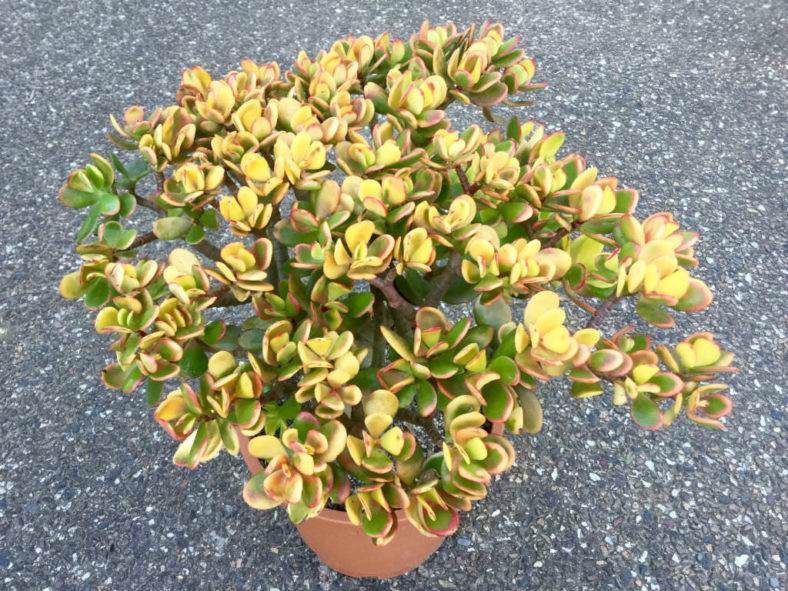
Good options for Crassulas include the Crassula arborescens, Crassula 'Blue Bird', and Crassula ovata. These succulents are very strong and attractive mixed with other plants, making them an excellent low-maintenance option for beginners.
4. Adromischus
Native to South Africa, Adromischus plants are small succulent shrubs with oddly shaped leaves. The leaves feature inconsistent markings, offering gardeners aesthetic diversity. The Adromischus cristatus is a very low-maintenance succulent that is popular with growers. Other options include Adromischus clavifolius, Adromischus cooperi, and Adromischus leucophyllus.
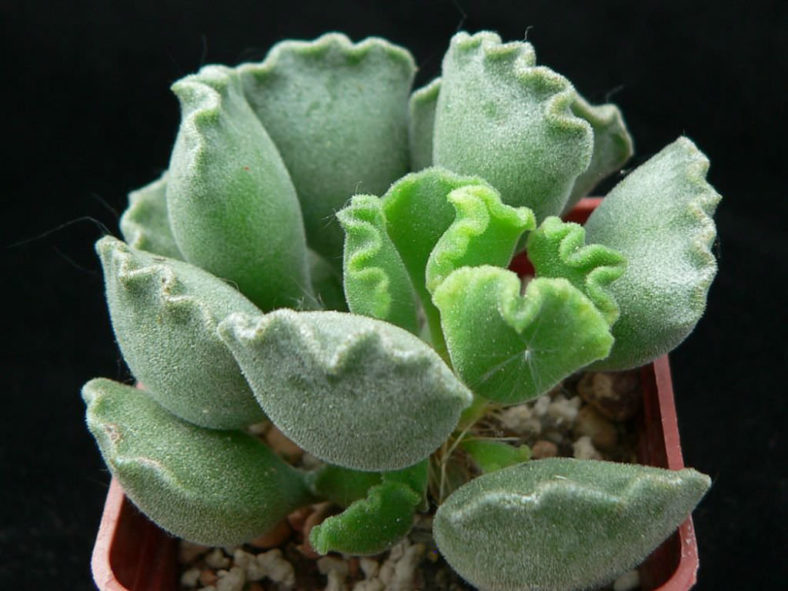
Care for Adromischus plants entails keeping soil well-drained and providing a dry atmosphere with some shade. They require water mainly in the spring and fall, and gardeners should allow Adromischus to dry out between watering sessions.
5. Echeveria
Many gardeners choose Echeveria as their favorite succulent because of the popular variations in color and shape. Echeverias show their most brilliant colors during cooler months, and the plants typically flower in shades of orange, red, and pink during warmer months. The most popular varieties include Echeveria albicans, Echeveria colorata, and Echeveria agavoides.
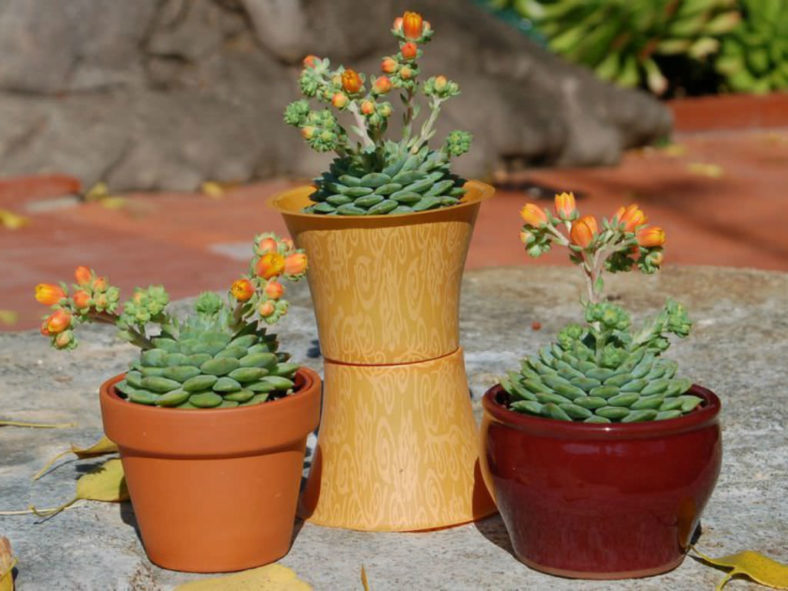
These succulents can tolerate lengthy dry periods but flourish when they receive adequate water during the growing periods. Porous soil prevents root rot with the Echeveria, and ventilation minimizes pest infestations and disease risk. Typically, Echeverias have better color and shape when receiving more sunlight, although the plant still requires some sun protection during scorching summer weather.
Source: ebay.com
Links
- Succupedia: Browse succulents by Scientific Name, Common Name, Genus, Family, USDA Hardiness Zone, Origin, or cacti by Genus